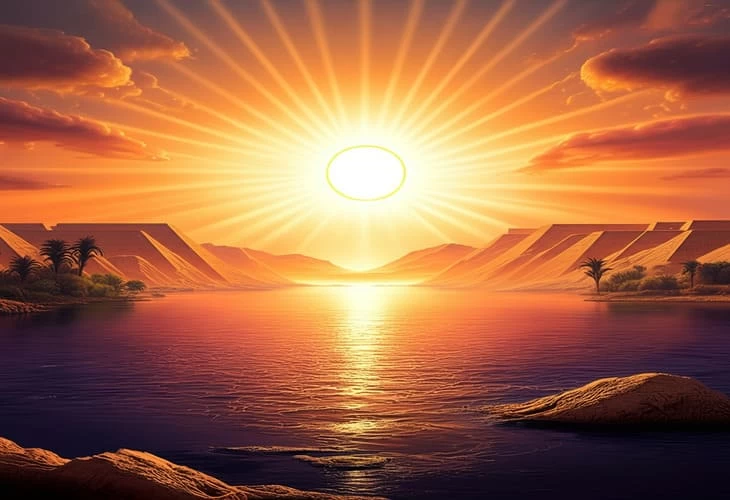
The Origins of Life: The Ancient Egyptian Story of Creation
Ancient Egyptians left one of the world’s most captivating and complex mythologies behind, with their Creation Story as its centerpiece. At its core, the Ancient Egyptian Story Of Creation weaves together chaos, cosmic order, and divine interventions, explaining how the world as we know it came into being. This mythology provides insight into their mindset. It shows a civilization that revered nature, gods, and the balance of life. Let’s explore their myths to understand how Egypt perceived life’s origins - from chaos to cosmos!
Imagine yourself standing on the banks of Egypt’s Nile thousands of years ago and witnessing its majestic sun rise over its horizon. For ancient Egyptians, this daily event wasn’t natural—it represented a divine process that mirrors its birth. According to their belief system, life began in chaos--an endless, watery void known as Nun. From there came order as gods created both humanity and our cosmos through mythological tales such as The Ancient Egyptian Story Of Creation, which offer insight into their understanding of existence.
Egyptian Myths and Stories of Creation
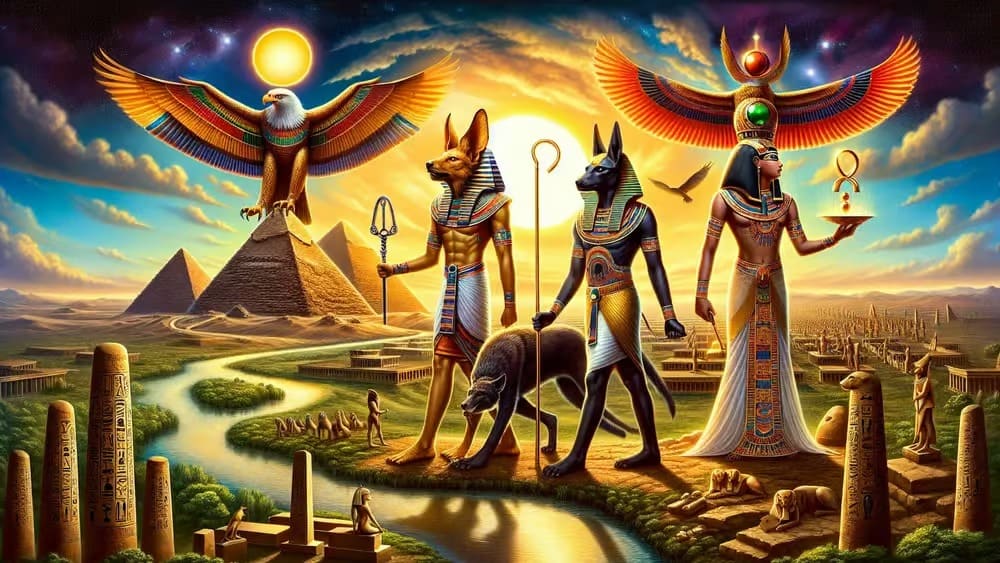
Ancient Egypt didn’t have a single, unified creation story. Instead, different regions of Egypt, Heliopolis, Memphis, and Hermopolis, had their variations of the creation myth. Yet, these stories shared a common theme: transforming primordial chaos to ordered existence. The myths emphasized prizing divine intervention, where gods and goddesses played essential roles in forming the heavens, the earth, and humankind.
The Ancient Egyptian Story Of Creation was more than an ideology; it provided Egyptians with a way of explaining their environment, daily lives, and the origins of the cosmos itself. Each myth represented their connection to nature and divine powers.
The Concept of Creation in Ancient Egypt
Ancient Egyptians believed creation wasn’t a one-time event; rather, it was an ongoing cycle driven by both gods and nature. Their creation story revolved around Ma’at, or balance and order. According to their beliefs, it was the duty of gods, pharaohs, and citizens to maintain cosmic balance through Ma’at to prevent the universe from falling into chaos.
Creation, to the Egyptians, meant more than the mere formation of physical entities; rather, it involved creating Ma’at - the divine law that ensured harmony within nature and beyond. Every sunrise represented Ma’at and another reminder of creation, thus cementing life’s cycle between birth and death in one eternal cycle.
The State of Chaos: The Beginning of Time
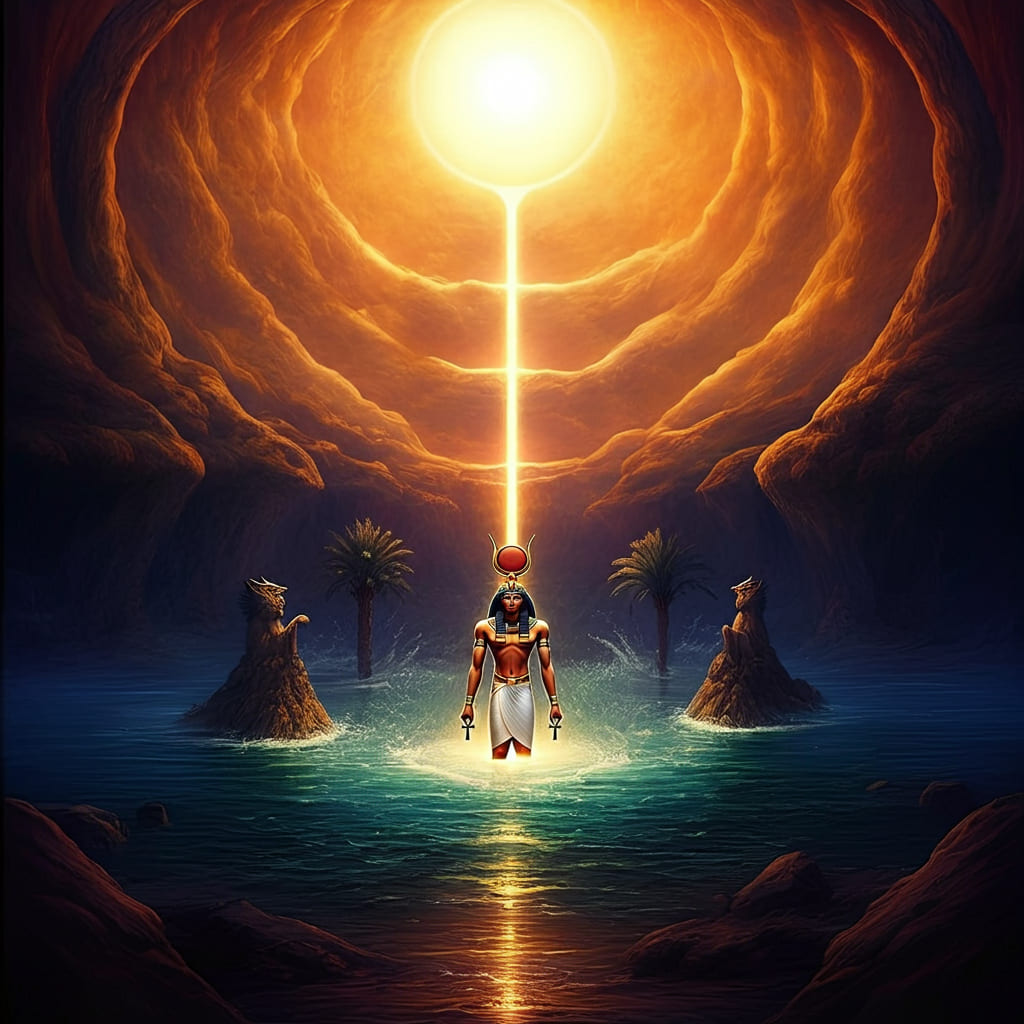
Before the gods emerged, all that existed were waters called Nun. This vast body of water symbolized disorder; an empty state yet to be formed into reality. According to Egyptian mythology, chaos was ever-present, and its creation involved a constant struggle against it.
From this watery abyss, the first god, often named Atum or Ra, emerged. Atum, representing both the first being and the sun, appeared on a mound rising from the waters of the Nun. His emergence marks the beginning of time, an important shift from nothingness to existence.
The Creation of the Earth and Humanity
Once Atum emerged from Nun, he began creating life. According to Ancient Egyptian Story Of Creation, Atum gave birth to Shu, god of air, and Tefnut, goddess of moisture. Shu and Tefnut then gave rise to Geb (earth) and Nut (sky), who became physical manifestations of worldly reality. These figures would later appear in art depictions as earth and sky being held apart by Shu in an eternal embrace, providing space for life.
Atum’s tears formed humans; Egyptians believed their existence was tied to Atum and his role within the cosmos. Egyptians held people played an essential part in maintaining order within society and they played an integral part in shaping its order as part of daily life.
The Creation of the Nile and the Land of Egypt
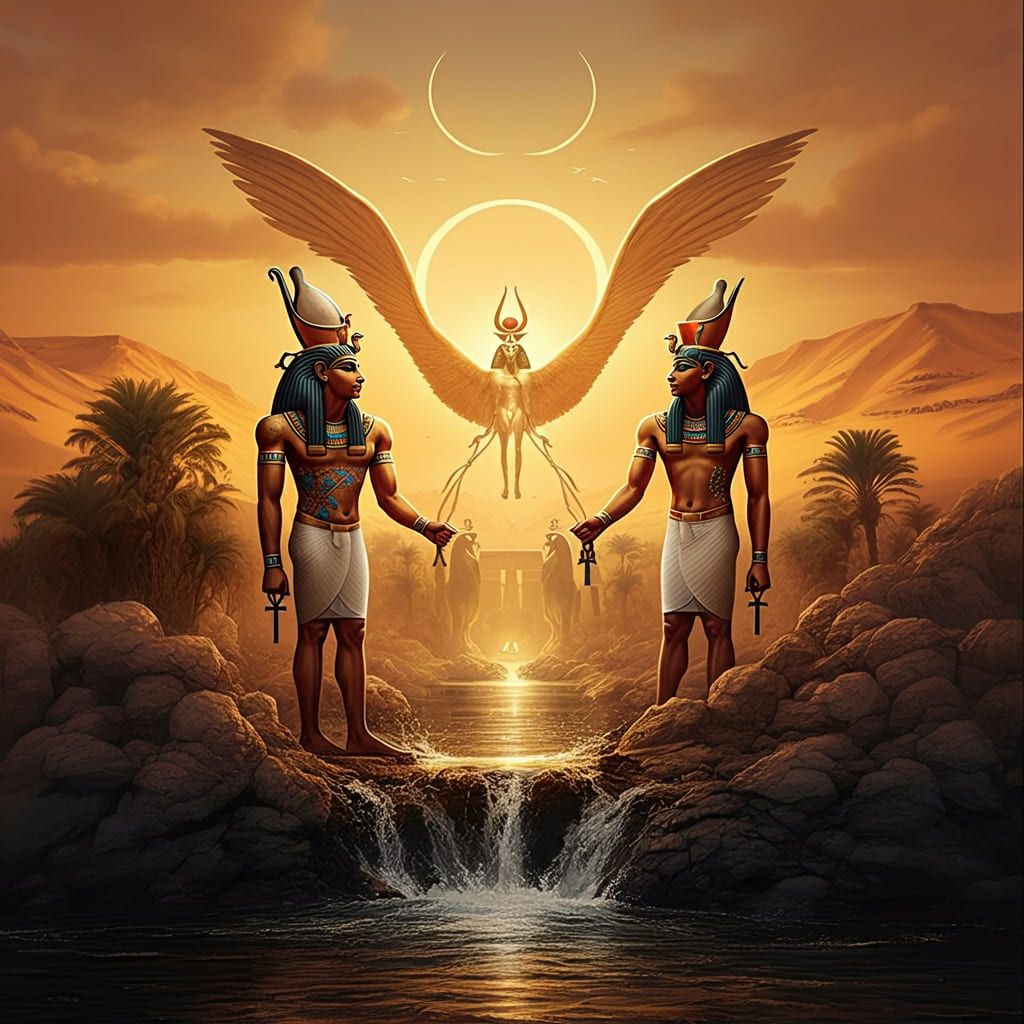
Central to the Ancient Egyptian Creation Story is the Nile River, an integral source of life for their ancient civilization. Egyptians believed its waters were blessed by god, giving fertility and life back to the land. According to some versions of their creation myth, these waters came from Nun’s birth canal, creating new life throughout Egypt.
People considered Egypt itself a land ordained by gods, thanks to the fertile soil it produced through the annual flooding of the Nile. This connection between life and rebirth and Nile flooding is clear: as its waters provided sustenance for daily Egyptian life as well as contributing towards their understanding of creation.
Death and Rebirth in the Creation Myth
The Ancient Egyptian Story Of Creation not only depicts life, but it also explores death and rebirth. In the Egyptian belief system, life and death were inseparable, symbolizing a coin’s two sides. They held the belief that souls would be reborn into new bodies after death, much like the sun rising each morning. The deity Osiris exemplified this eternal cycle as the god of the afterlife in their mythology.
Osiris’ death and resurrection reflect wider themes of death and renewal within Egyptian thought, symbolizing how creation, life, and death all flow together as part of one continuous cycle, in which even death offers the promise of new beginnings.
The Role of Gods and Goddesses in the Creation Story: The Nine Gods of Creation
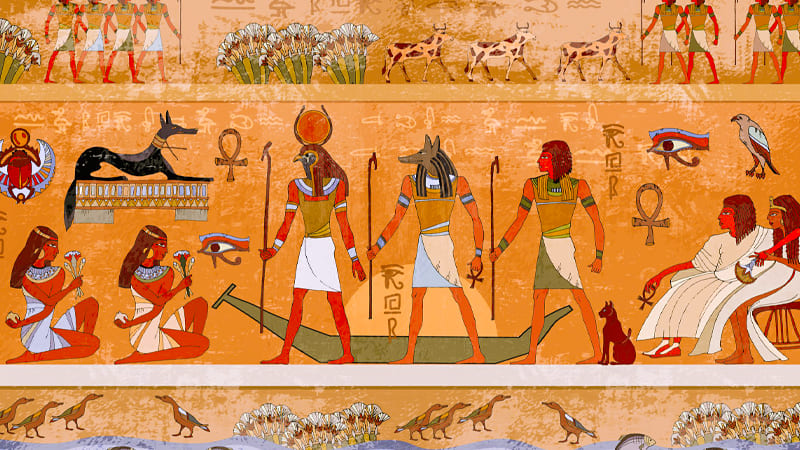
Egyptian deities were plentiful, and all played an important part in the Ancient Egyptian Story Of Creation. At its center was Ennead - nine Gods of Creation who were essential in ensuring the universe remained balanced and; beyond being mere deities, they represented various aspects of existence and were cosmic forces representing various elements.
Ra: The Sun God
Ra was one of the central characters in the Egyptian creation myth. The Egyptians believed that Ra, the sun god, traveled daily across the sky, spreading light and life. He also played a crucial role in creating our universe, emerging from Nun’s waters to symbolize light’s triumph over darkness and chaos.
Shu: The God of Air
Shu, the god of air, played an essential part in creating a space for life to flourish on Earth and to flourish above it. His role between Nut and Geb is symbolic of life-giving, air-sustaining life on this planet. He symbolizes air as a breath that sustains existence within this universe.
Tefnut: The Goddess of Moisture
Tefnut, the goddess of moisture, worked alongside Shu to maintain equilibrium in the world. Her role in the Ancient Egyptian Creation Story signified the essence of life—water and air—that sustains the planet.
Geb: The God of the Earth
The Egyptians worshipped Geb as the god of the earth and often depicted him as the physical embodiment of the land in mythological representations. His body represents fertile soil which provides sustenance for Egyptian people via the Nile. Geb’s laughter was even said to cause earthquakes - showing his deep connection with nature and natural cycles.
Nut: The Goddess of the Sky
Nut, the goddess of the sky, is depicted arching over Geb, her star-filled body symbolizing the heavens. Each night, Nut would consume and then recreate the sun continuing the theme of death and rebirth found within creation myths.
Osiris: The God of Fertility
Osiris, best known as the Egyptian god of death and afterlife, also played an integral part in fertility. Ancient Egyptians believed that he encouraged crops to flourish, while his resurrection myth symbolized life, death, and renewal - something their beliefs emphasized.
Isis: The Mother Goddess
Isis was one of the most revered goddesses in Egyptian mythology. Revered for her role as a mother goddess, Isis symbolized fertility, motherhood, and magic - as evidenced in her role in the Ancient Egyptian Creation Story. Her role showed the value of nurturing care within life itself, as well as in cosmic matters.
Set: The God of Evil
Set, the god of chaos and evil, represented the opposite of Ma’at in ancient Egyptian creation myths. His role was to challenge order to ensure a balance between good and evil in the universe; often depicted as a disruptor in depictions, Set was often depicted as reminding people that even within a universe chaos lurks nearby.
Nephthys: The Goddess of Death
Nephthys, the Egyptian Goddess of Death and Mourning was often linked with funerary practices and mourning rituals. Her role in Egyptian mythology may not have been direct but still served to remind Egyptians that death wasn't the end but rather just another stage in their existence cycle.
How the Creation Story Influenced Art and Architecture
The Ancient Egyptian Story Of Creation did more than shape religious thought—it had an immense impact on art and architecture, too. Many temples, tombs, and monuments in Egypt reflected how gods created order out of chaos, with intricate carvings depicting how these gods played roles in creating life on Earth.
Artwork brought the creation story to life through hieroglyphs, reliefs, and sculptures that illustrated Ra, Isis, and Osiris’ roles in maintaining order throughout the universe. Depictions were more than decorative; they served as acts of devotion that honored these gods while assuring their continued harmony.
Conclusion
The Ancient Egyptian Story Of Creation is a profound reflection of the ancient Egyptians’ understanding of their world. From the primordial chaos of Nun to the establishment of order through divine intervention, this mythology provides insight into how one of the world’s oldest civilizations viewed the cosmos. The balance between life and death, chaos and order, and the role of the gods in maintaining this balance are themes that permeate not just their religion but their entire culture. It’s a story that continues to captivate, reminding us of the timeless quest to understand our place in the universe.
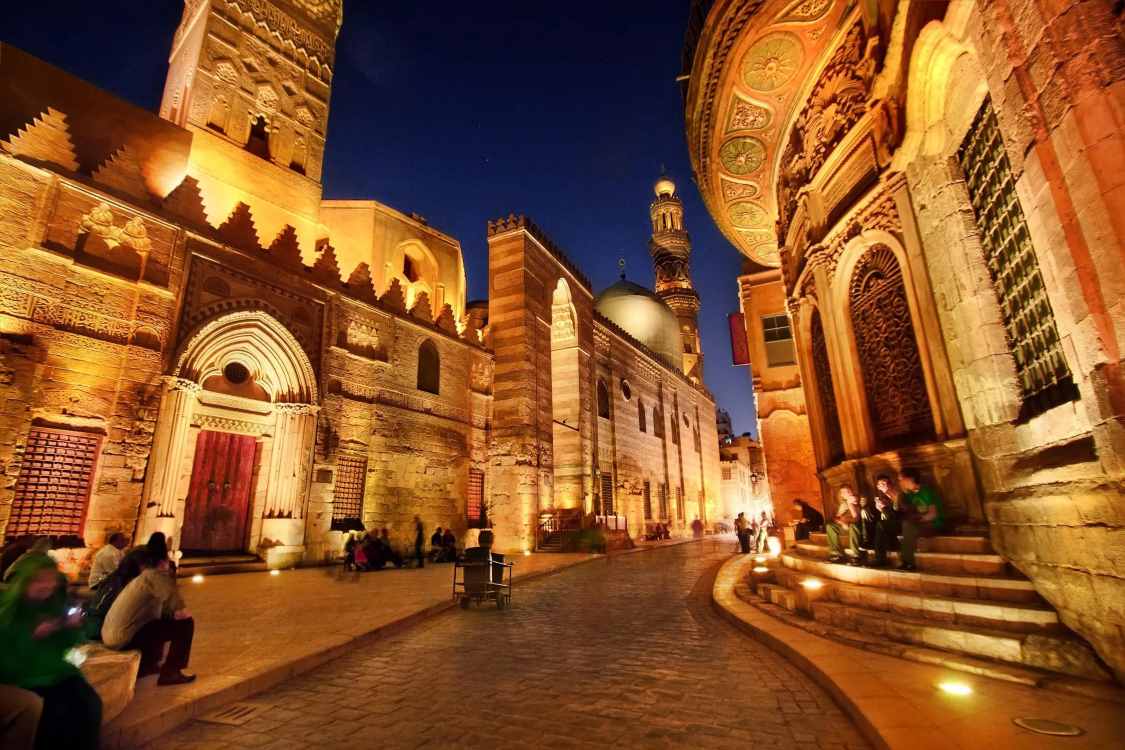
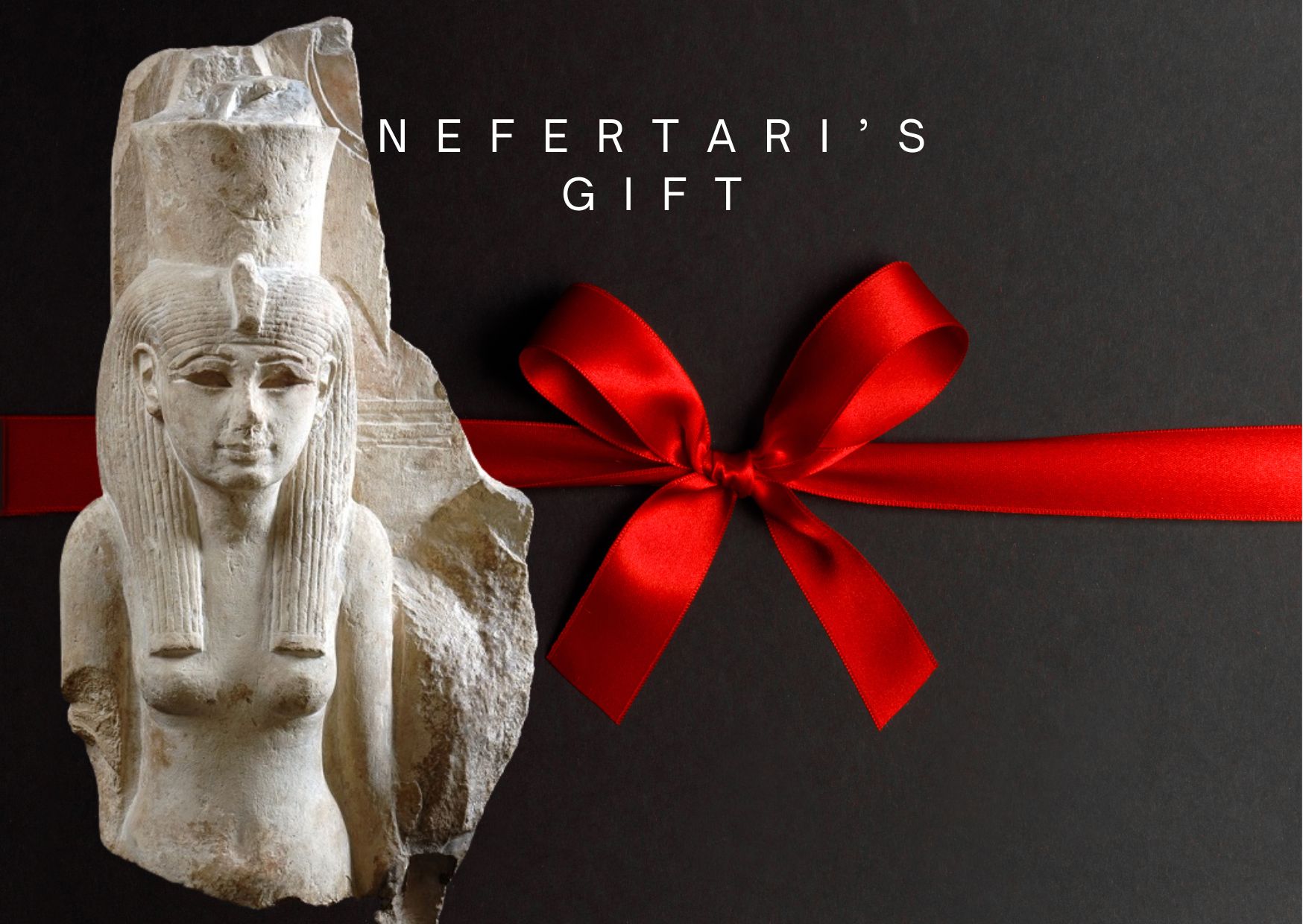
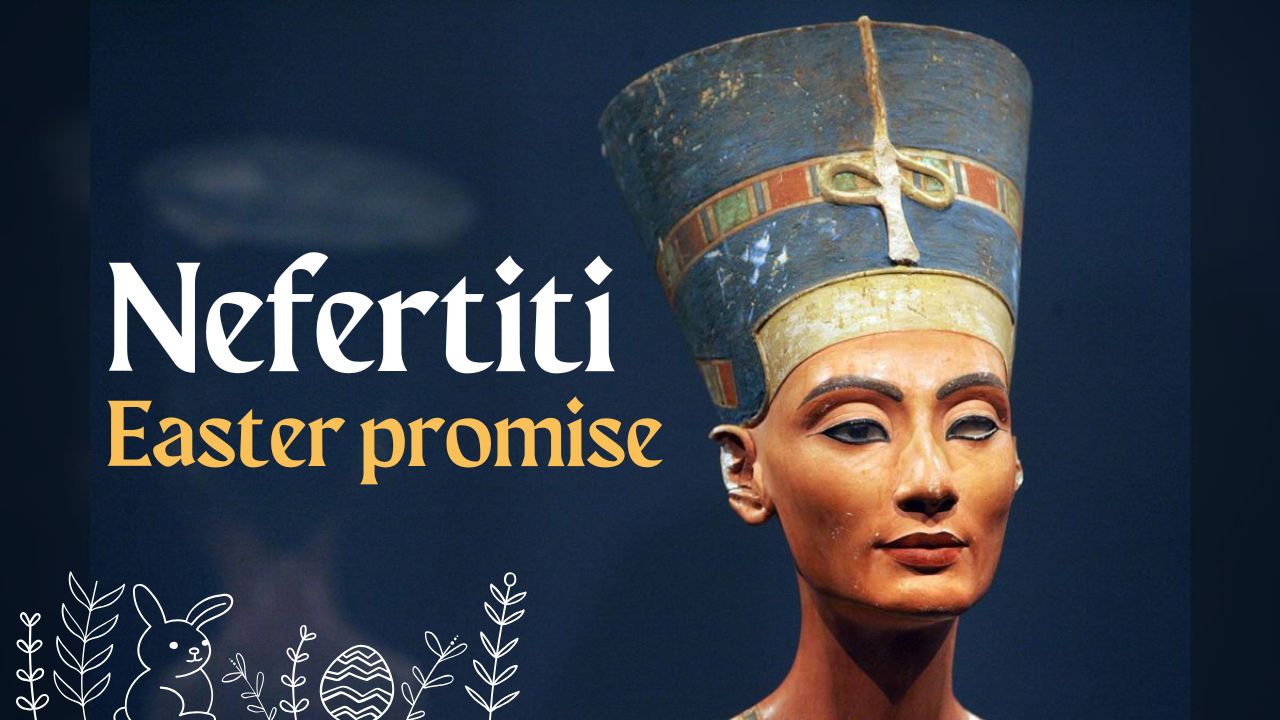




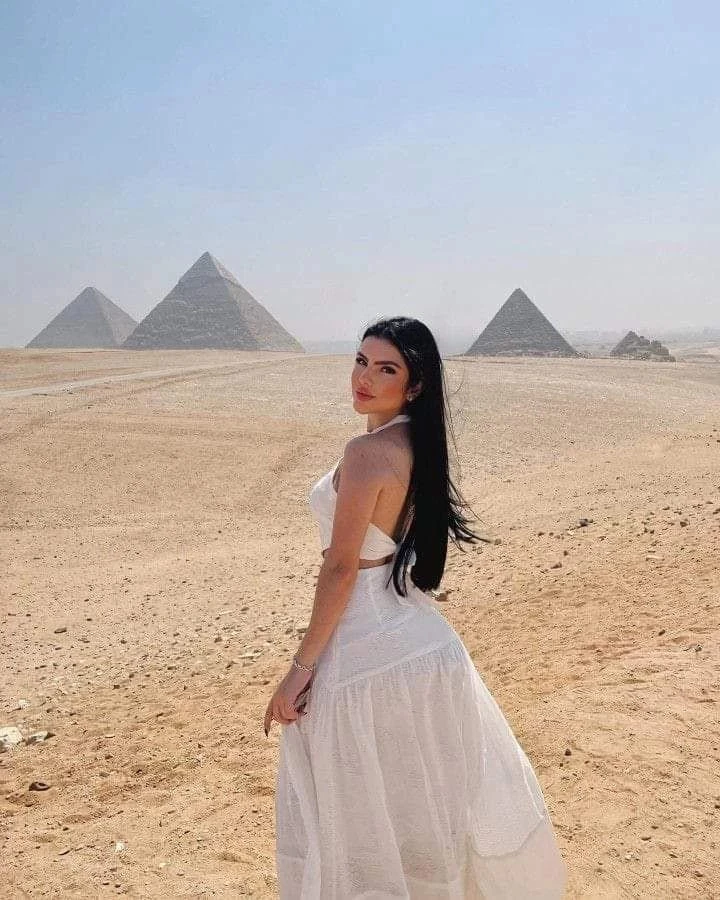


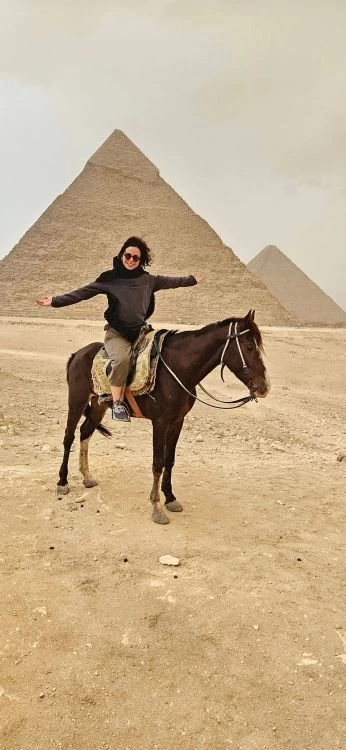
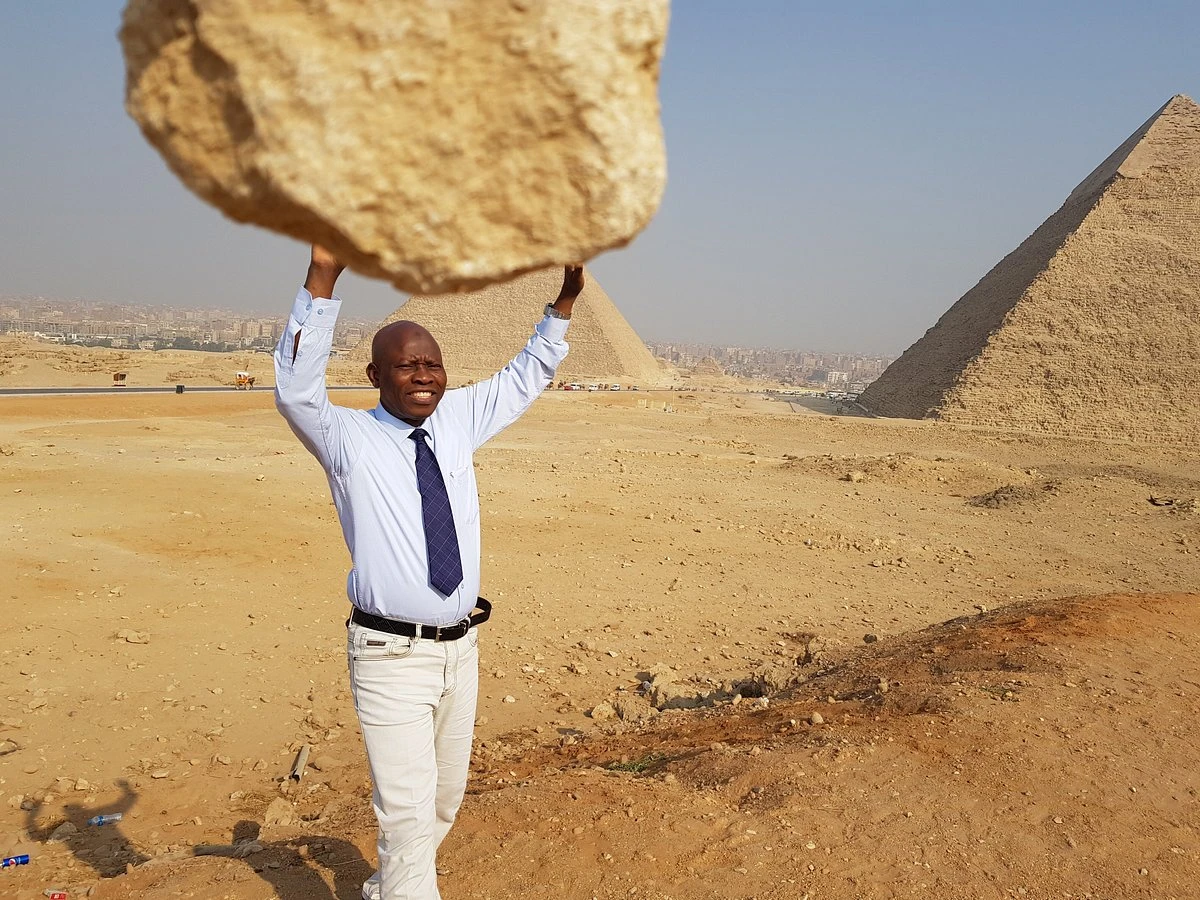




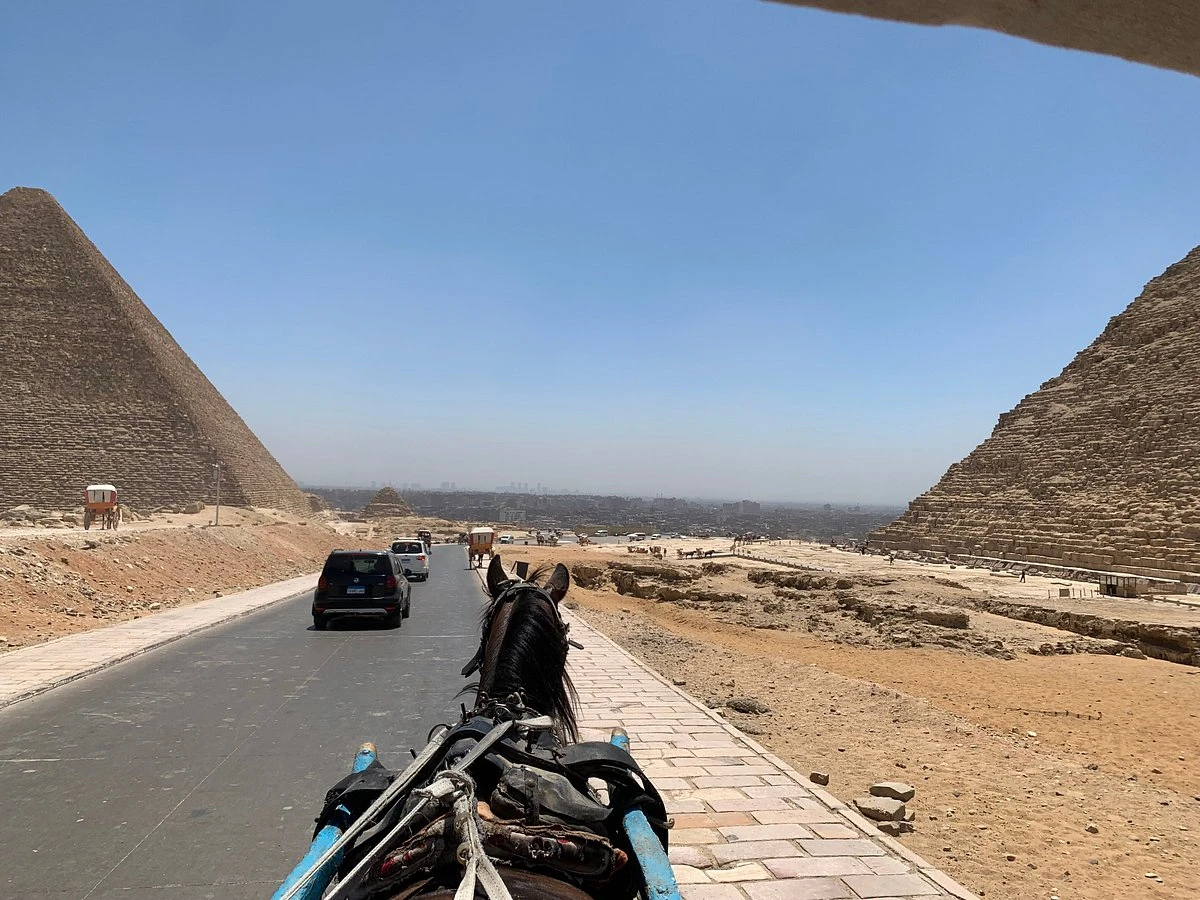
-webp.webp)

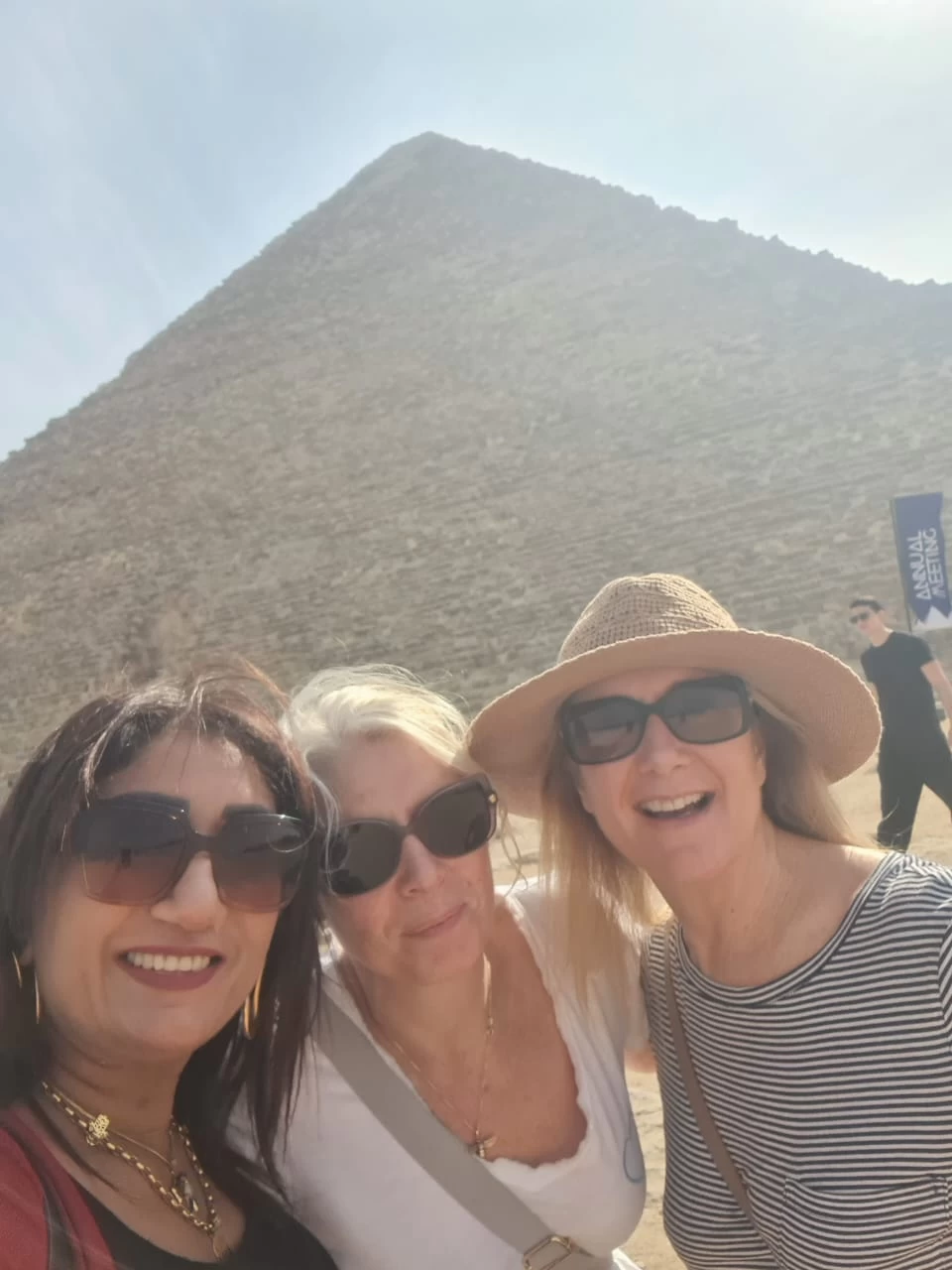
-webp.webp)

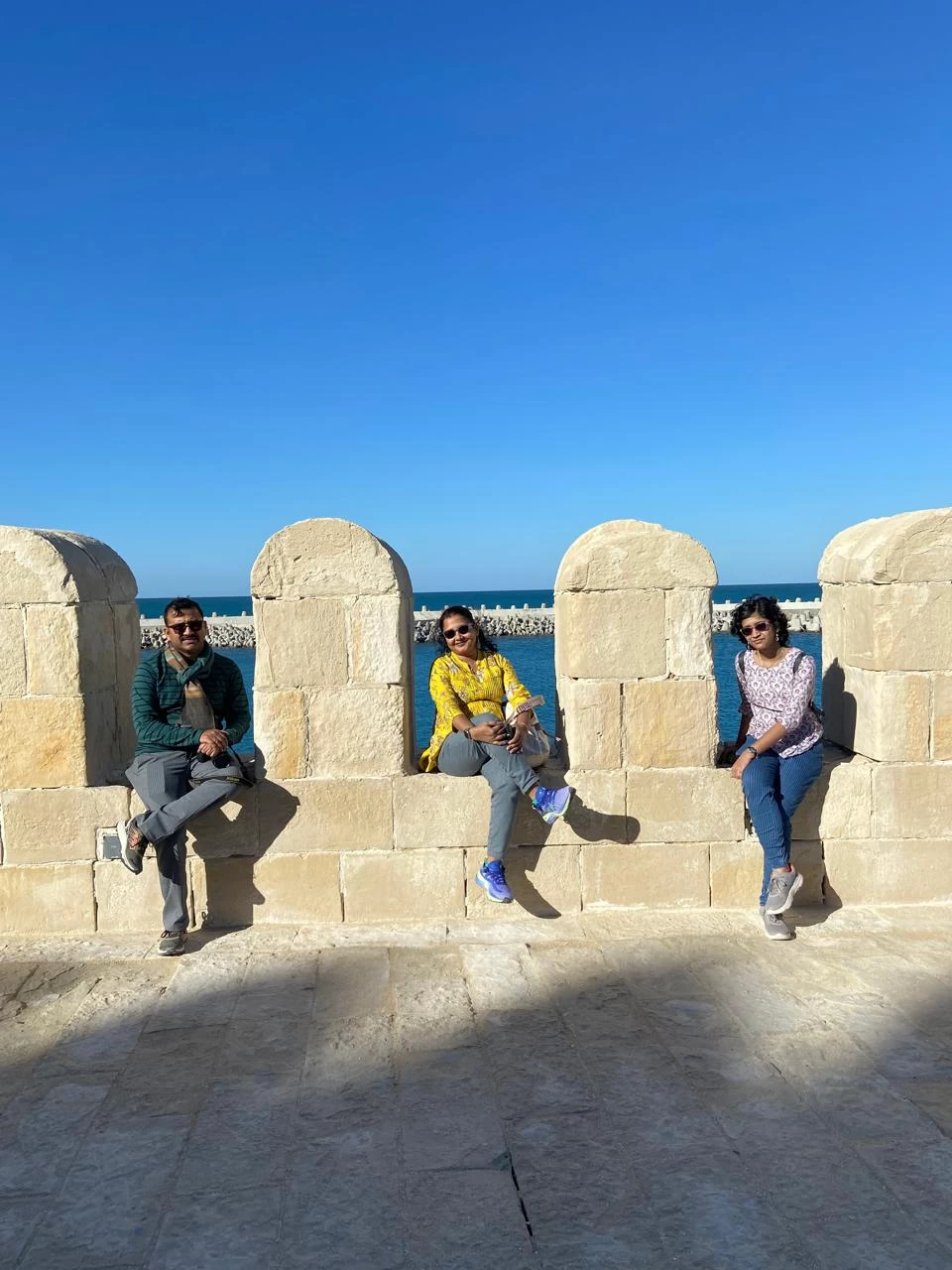
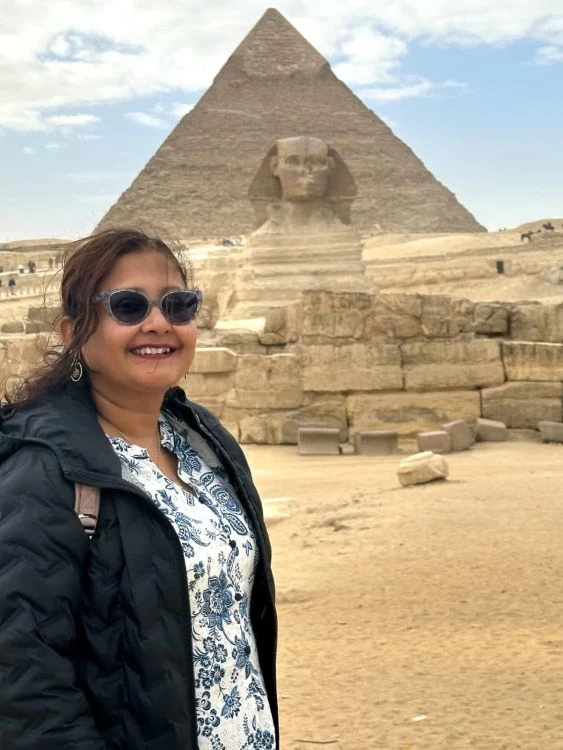
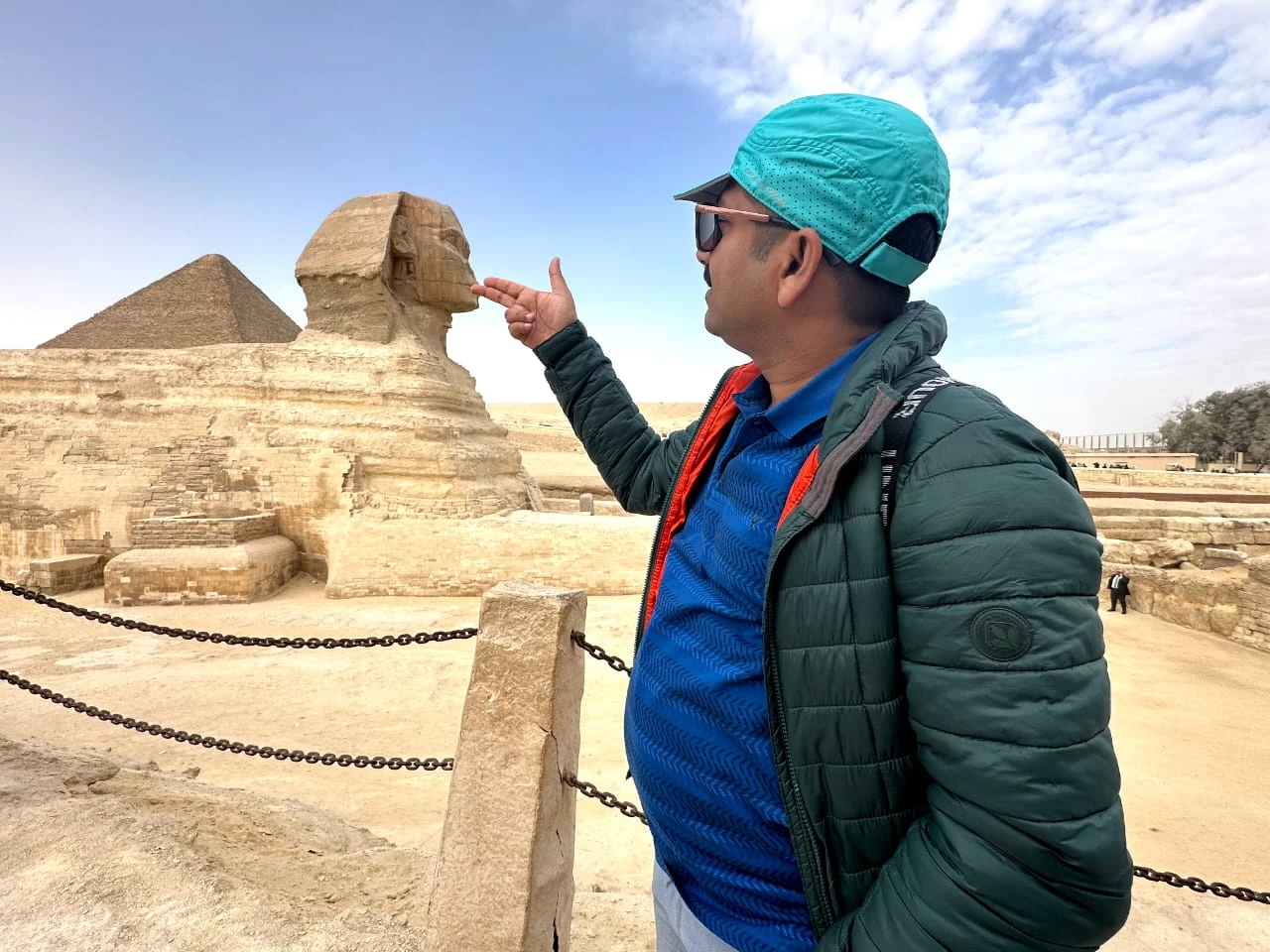
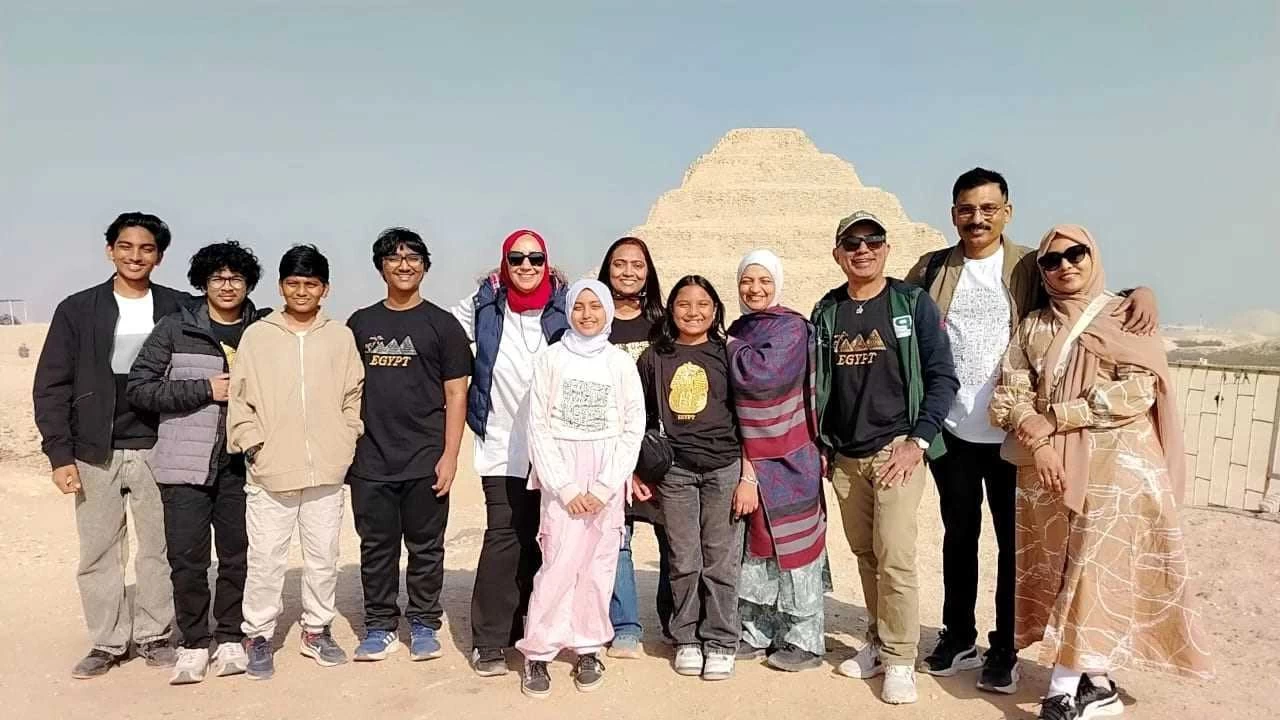
-webp.webp)
-webp.webp)
-webp.webp)
-webp.webp)
-webp.webp)
-webp.webp)
-webp.webp)
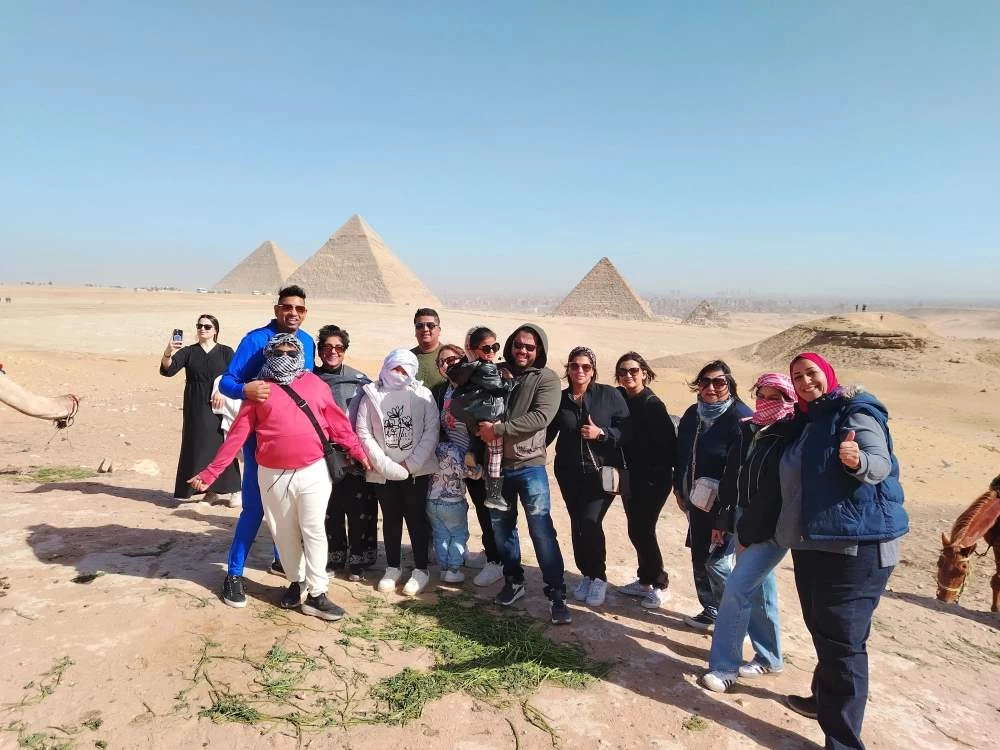
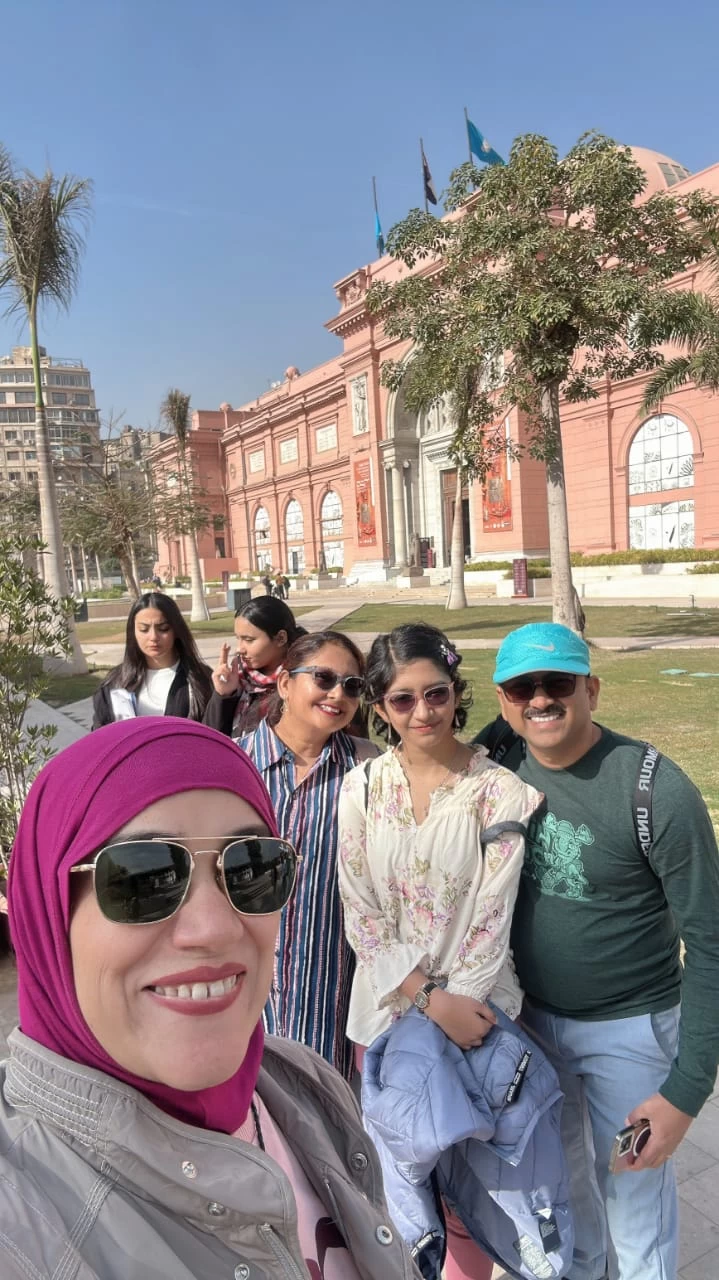
-webp.webp)
-webp.webp)
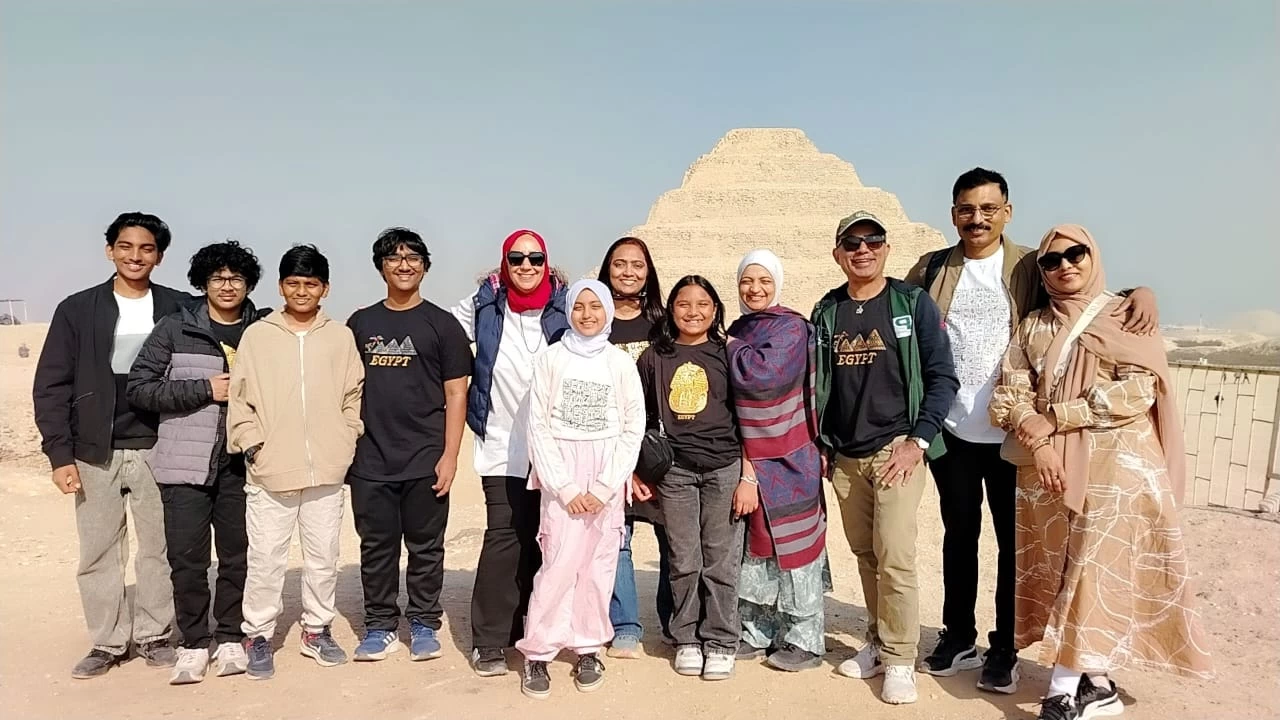
-webp.webp)
-webp.webp)
-webp.webp)
-webp.webp)
-webp.webp)
-webp.webp)

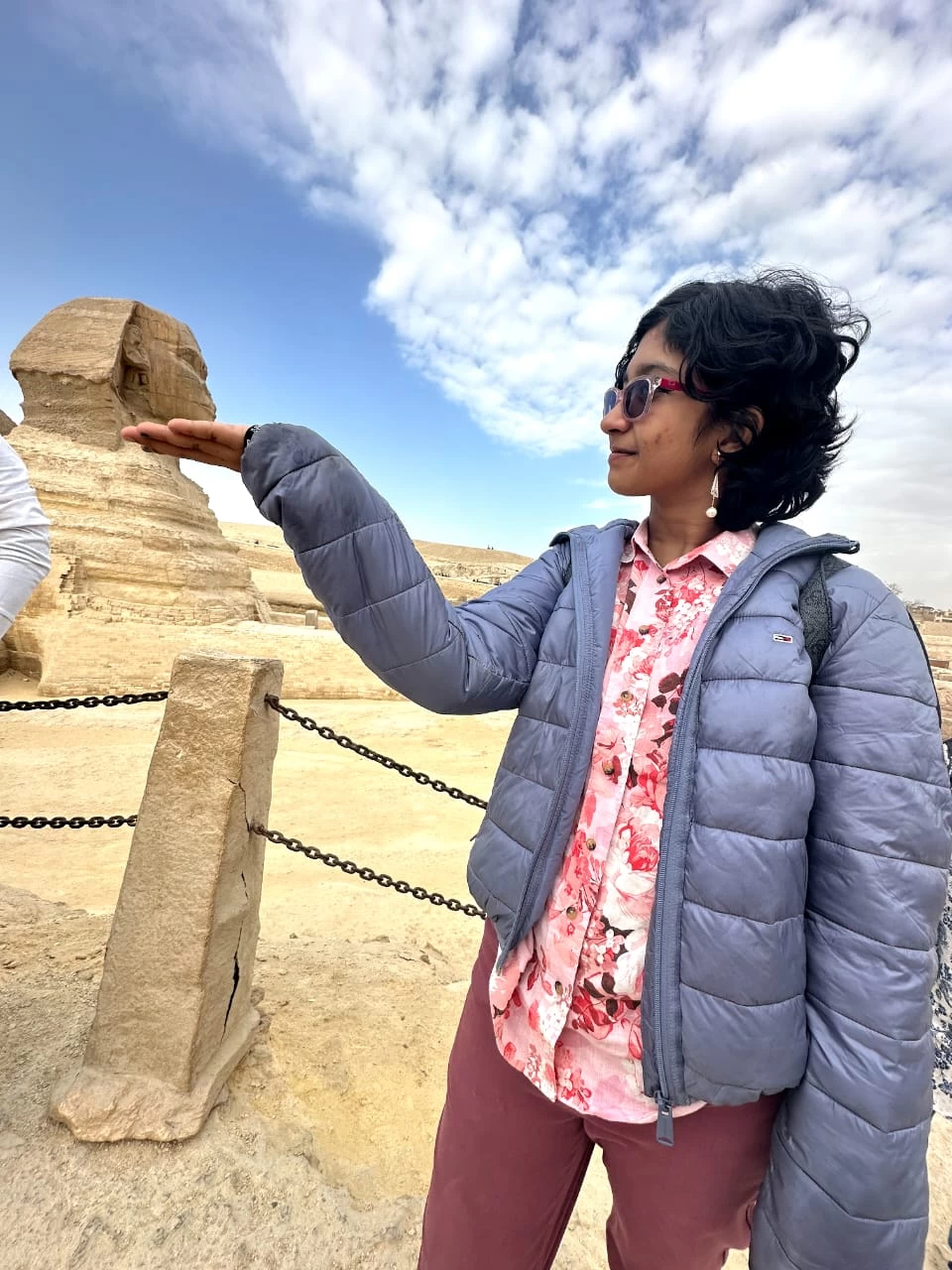
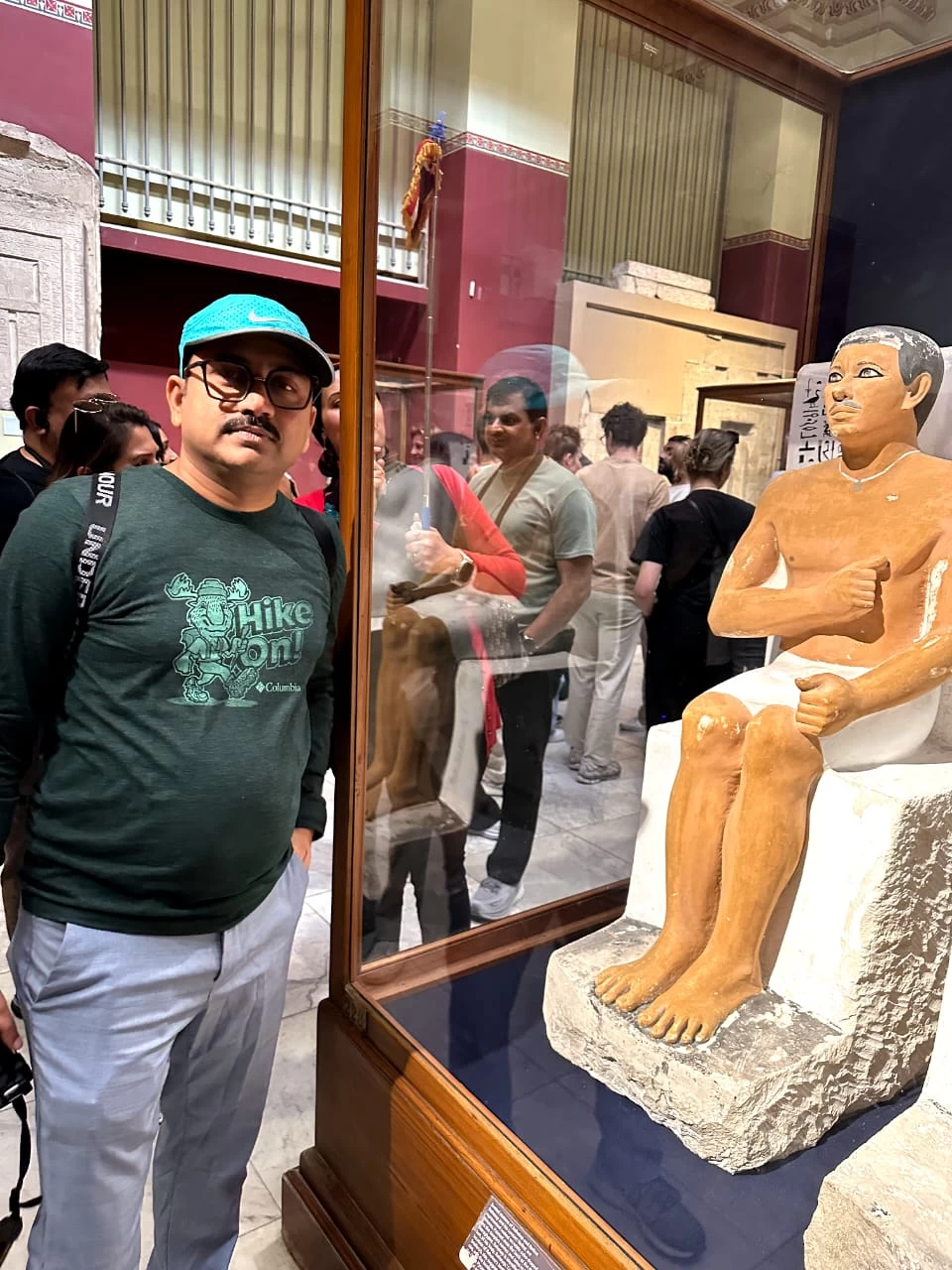
-webp.webp)
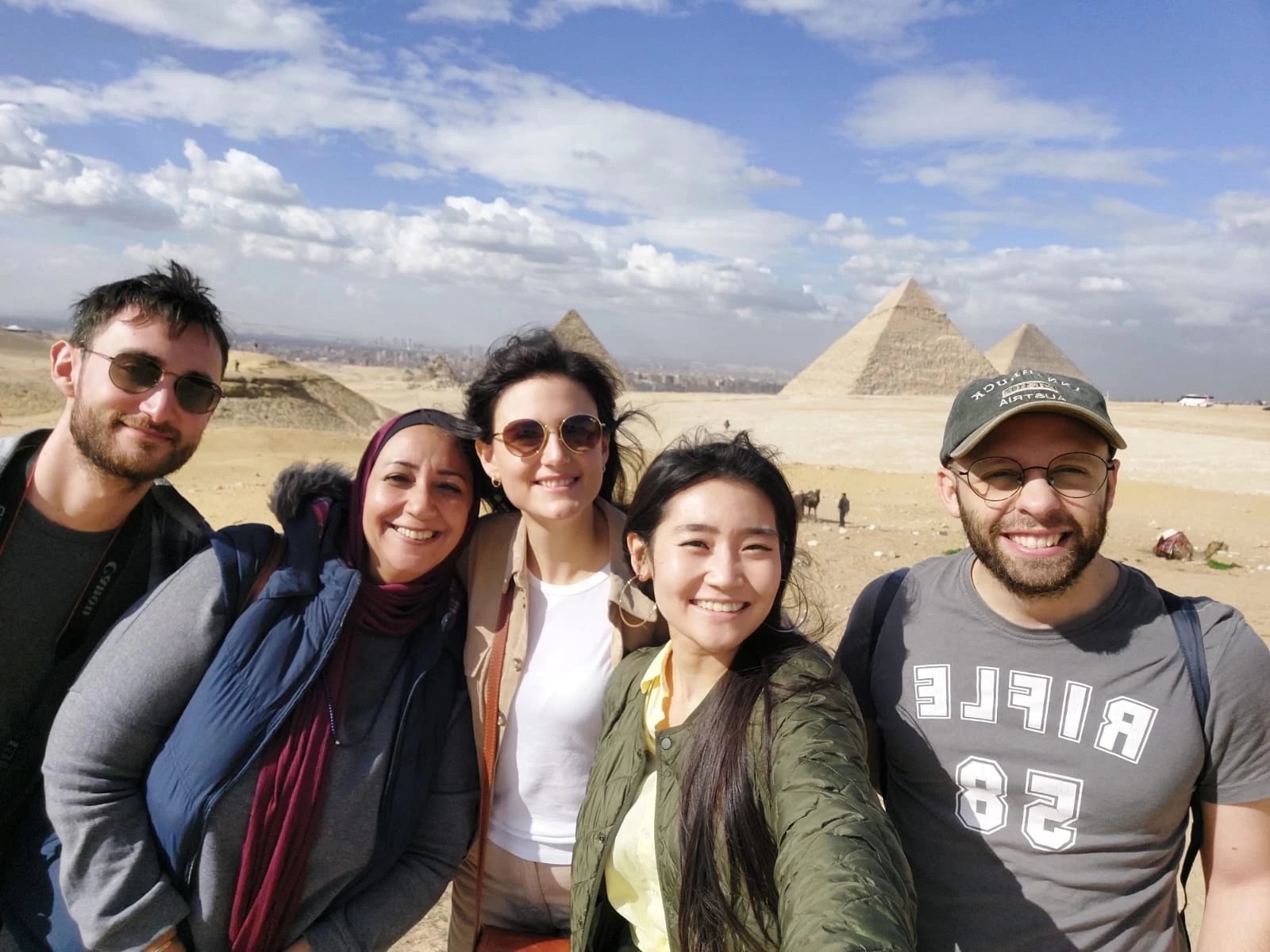
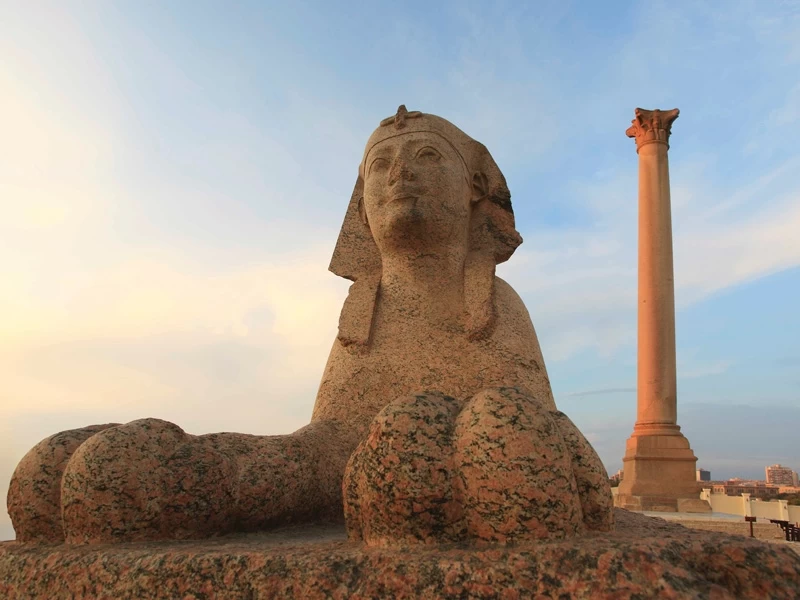
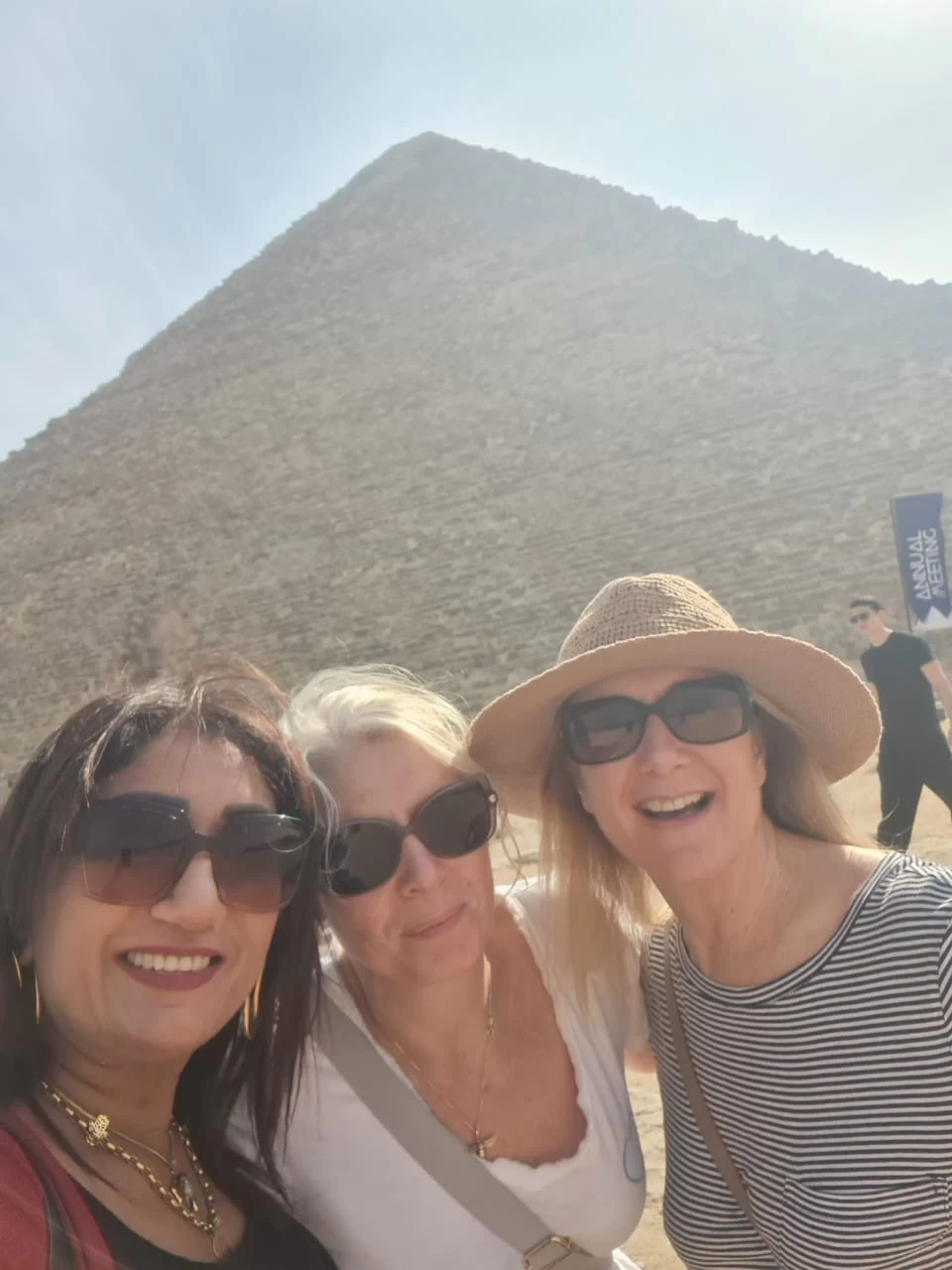


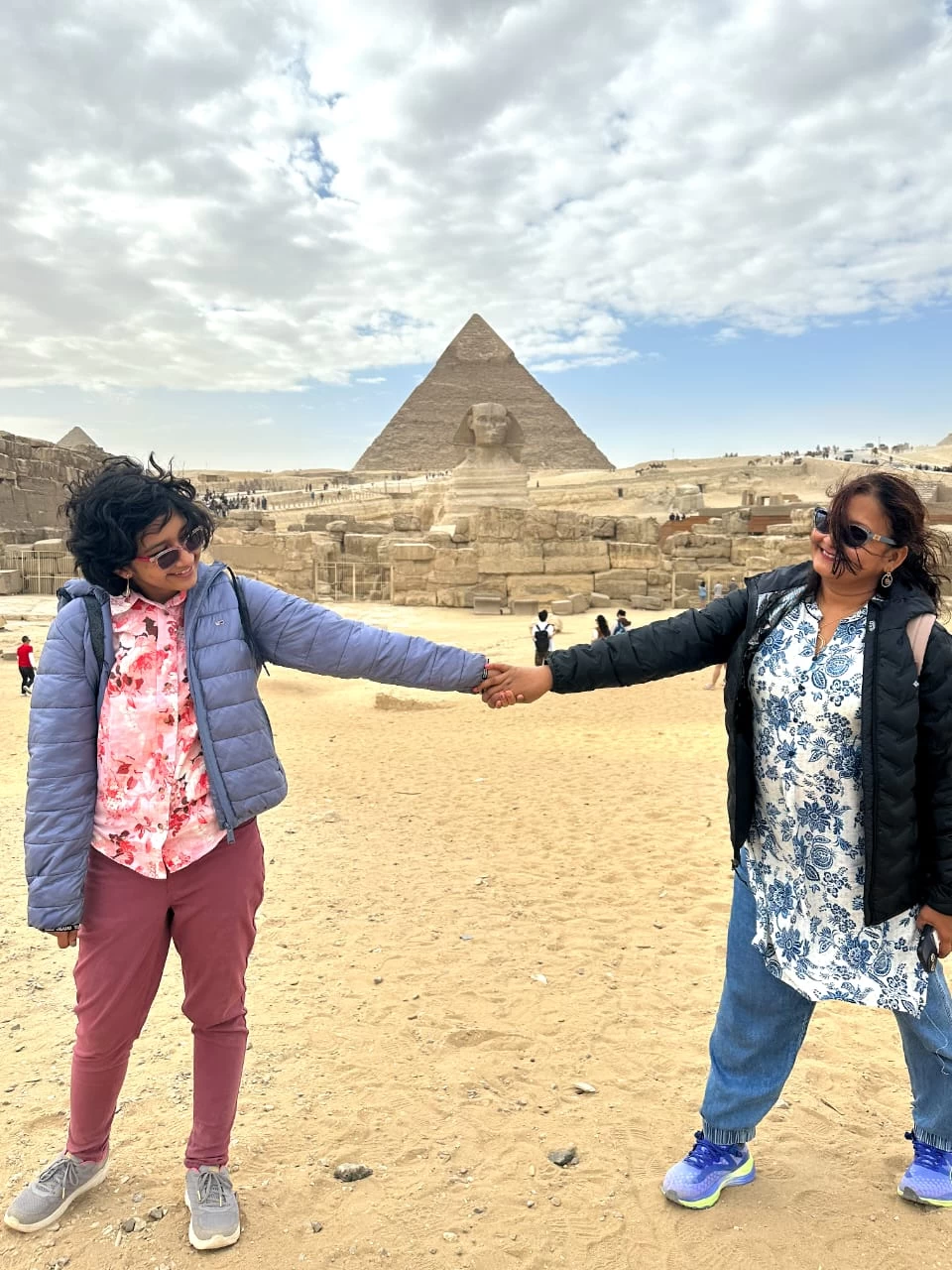
-webp.webp)
-webp.webp)







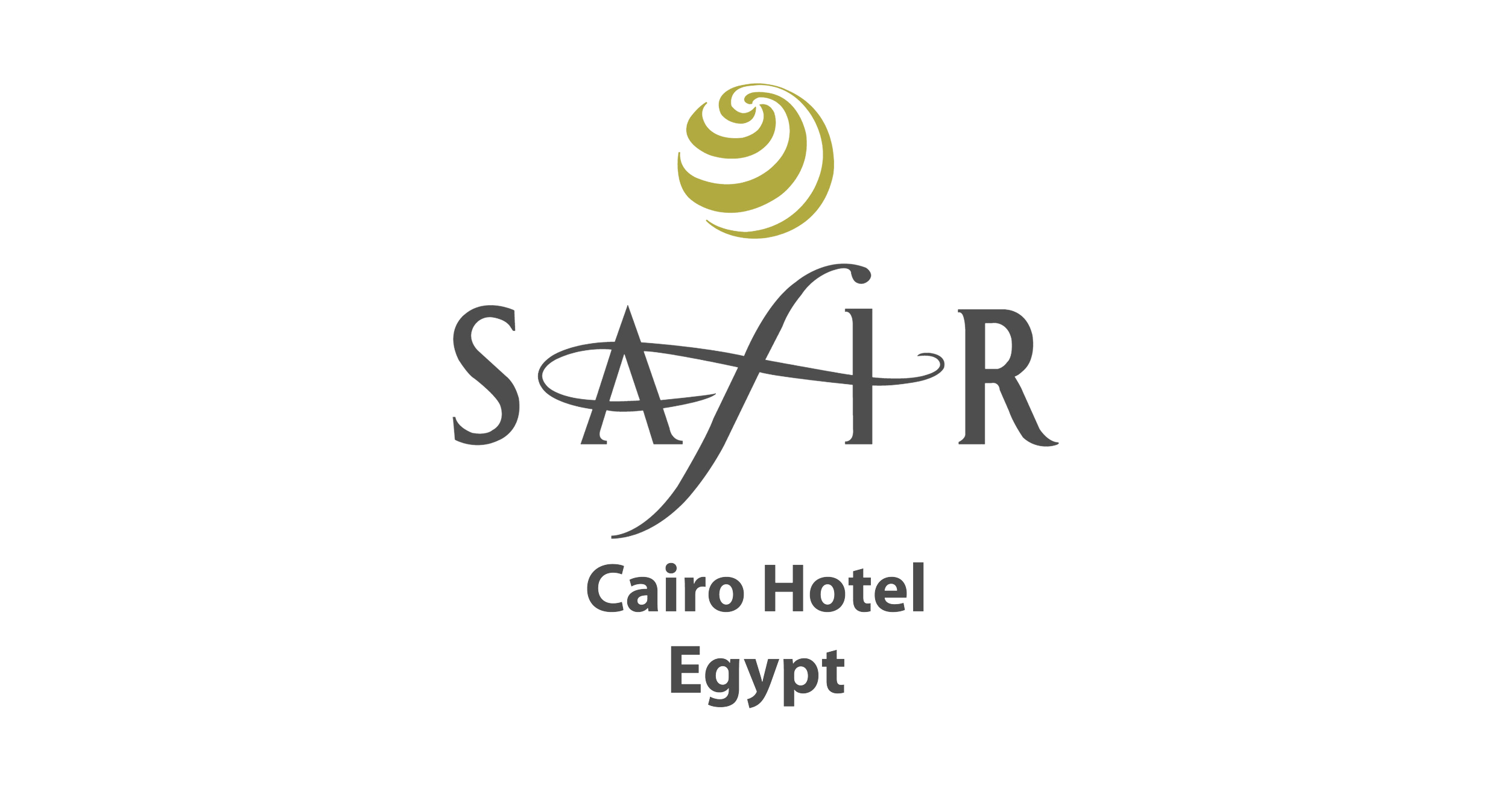


.png)

